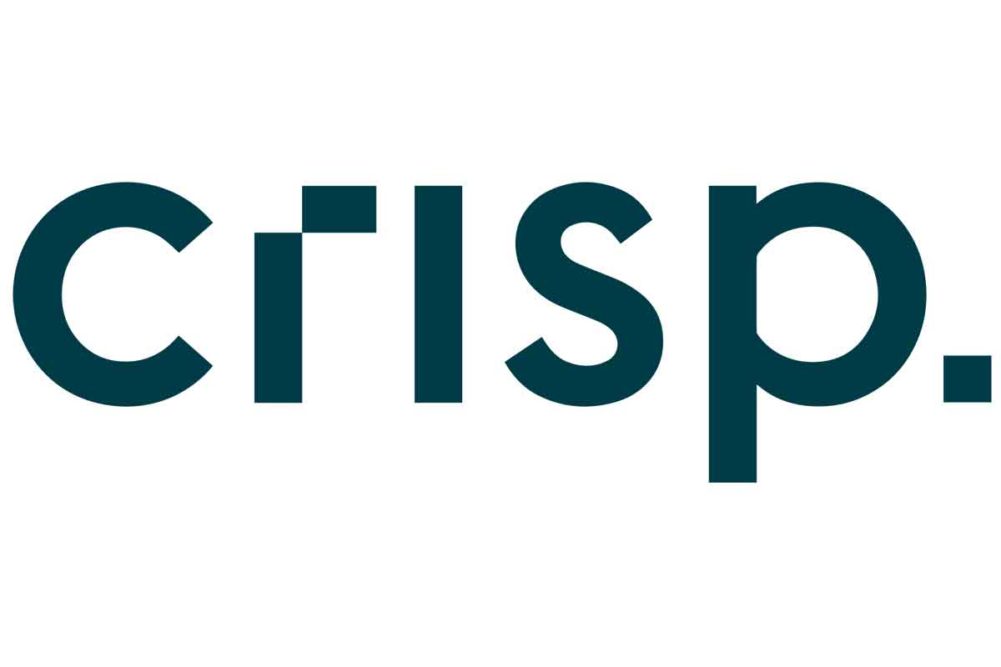 NASHVILLE, TENN. – As much as one-third of the world’s food is wasted. Companies in the food industry constantly struggle with the balance of reducing food waste while remaining profitable. Crisp is a Software-as-a-Service (SaaS) forecasting platform developed by Are Traasdahl and Dag Liodden to address the challenges and complexities of the perishable food supply chain.
NASHVILLE, TENN. – As much as one-third of the world’s food is wasted. Companies in the food industry constantly struggle with the balance of reducing food waste while remaining profitable. Crisp is a Software-as-a-Service (SaaS) forecasting platform developed by Are Traasdahl and Dag Liodden to address the challenges and complexities of the perishable food supply chain.
MEAT+POULTRY spoke with Traasdahl, chief executive officer and founder of Crisp, during the 2020 Annual Meat Conference in Nashville to learn about this cloud-based platform helping to change the way food companies do business.
MEAT+POULTRY: Let’s simply start with, what is Crisp?
Are Traasdahl: In the beginning, we interviewed a lot of executives in the food industry and asked them what some of their big challenges were. Very often it came back to forecasting, because the food industry is such a complex industry. There are product changes. There are changes in weather. There are changes in prices and promotions. Getting an accurate sales forecast is challenging and difficult. So, we decided to bring in our technology and data experience and help solve that forecasting challenge. We built this platform specifically for the food industry and for forecasting for food.
M+P: What kinds of food companies can use this system?
Traasdahl: It’s being used throughout the entire food industry. It’s very helpful for the fresh side of the industry because it’s incredibly important when it comes to fresh products to get the forecasting right. Produce too much and you have to throw it out, produce too little and you end up short shifting and losing revenue. Both of those things are driving the profits of a food company. Whether it’s a $20 million company or a $10 billion company, profit oftentimes comes from the company’s ability to forecast accurately. Processors, distributors, wholesalers, retailers – we have yet to meet anyone who doesn’t want a better forecast.
M+P: How does forecasting relate to food waste?
Traasdahl: That’s where a lot of the inspiration for this came from. I was traveling around the world with my 4-year-old and 8-year-old a few years ago. One week we were in countries where there was a bunch of food insecurities and next, we were in another country like New Zealand where we saw apples rotting in the field. There was such an imbalance, I thought technology could help. It’s very tied to forecasting – if you’re reactive and over produce, a lot of food is wasted, and if you’re reactive and under produce, then that creates a loss of sales. Some of our initial customers are reporting 40% to 80% reduction in their own food waste. It’s great for the planet when that happens, but it’s also great for the bottom line for these companies because otherwise it’s just money out the window.
M+P: When you start working with a new company, how does the process start?
Traasdahl: First, we get historic sales numbers to start with. We take pricing information, promotional information and then we add other data, like holidays, seasonality and special promotions. The data we need to get started is usually readily available, most companies have the information on-hand. It is incredibly easy to set up and easy to use. Most companies can go live within the hour. After that they can immediately get forecasts. With each product they can see how much they will sell tomorrow, next week, next month. They’ll be able to see the factors that are influencing those sales. They can easily create a forecast for all of their products. After they see their forecast, they can adjust things as needed.
M+P: Is it easy to use?
Traasdahl: There’s no software to load. You can use any device. There’s no IT infrastructure. All you need is a web browser – nothing needs to be downloaded to the company’s computers or servers. It’s live immediately – very easy to do. It’s very intuitive to use but there’s always a full support team available 24/7. We launch new features all the time.
We started the company 2 ½ years ago and went live about 1 ½ years ago. Initially we had about 50 customers on board to help with the initial testing. About four months ago, we went fully live. Now, we are adding five companies a week in the US.
M+P: What’s the most important thing you want people to know about Crisp?
Traasdahl: It’s all about how we can help influence the profitability of a company. We do that in three ways. First by reducing food waste and spoilage internally. Second, we can increase revenue. Many of our initial customers report a 5% to 10% increase in revenue because they have less out-of-stock situations. And third, we influence profitability through operational efficiency internally in terms of getting the data into the right places sooner, with less work. Everyone wants to know how much they’re going to sell tomorrow, in one month, in three months, and it’s influencing so many things that are driving profitability. And the bottom line for the food industry is if companies are wasting less food, it’s good for everybody.


